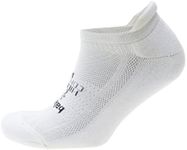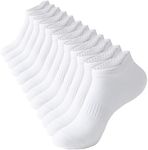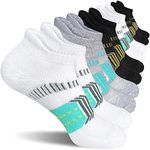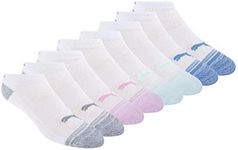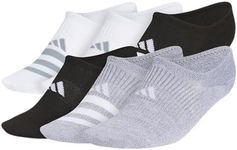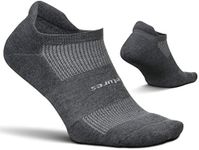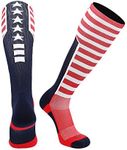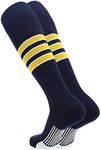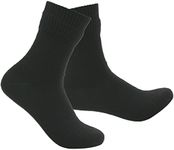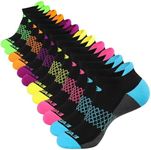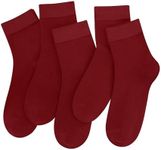Buying Guide for the Best Running Socks Women
Choosing the right running socks is crucial for comfort, performance, and preventing injuries. The right pair of socks can make a significant difference in your running experience by providing the necessary support, cushioning, and moisture management. When selecting running socks, consider the material, fit, cushioning, and other features that cater to your specific needs and preferences.MaterialThe material of running socks is important because it affects breathability, moisture-wicking, and overall comfort. Common materials include synthetic fibers like polyester, nylon, and spandex, which are known for their moisture-wicking properties and durability. Natural fibers like merino wool are also popular for their softness and ability to regulate temperature. If you tend to sweat a lot, look for socks with high moisture-wicking capabilities. For colder climates, consider socks with insulating properties.
FitThe fit of running socks is crucial for preventing blisters and ensuring comfort. Socks should fit snugly without being too tight, and they should stay in place during your run. Look for socks with a seamless design to minimize friction and irritation. Compression socks can offer additional support and improve circulation, which might be beneficial for long-distance runners or those with circulation issues. Try on different sizes and styles to find the best fit for your foot shape and running style.
CushioningCushioning in running socks provides extra comfort and shock absorption, which can be particularly beneficial for long runs or running on hard surfaces. Socks can range from minimal cushioning to maximum cushioning. If you prefer a more natural feel, opt for socks with minimal cushioning. For added comfort and protection, especially if you have sensitive feet or are prone to blisters, choose socks with more cushioning in the heel and toe areas.
HeightThe height of running socks can vary from no-show to knee-high. No-show socks are great for a minimalist look and feel, while ankle socks provide a bit more coverage and protection. Crew socks offer additional support and can help prevent debris from getting into your shoes. Knee-high socks, often compression socks, can provide extra support and improve circulation. Choose the height based on your personal preference and the type of running you do.
Arch SupportArch support in running socks can help reduce foot fatigue and provide additional comfort. Socks with built-in arch support can be beneficial for runners with flat feet or high arches. This feature helps maintain the natural shape of your foot and can improve overall stability. If you experience discomfort in your arches during runs, look for socks with targeted arch support.
BreathabilityBreathability is important to keep your feet cool and dry during runs. Socks with mesh panels or ventilation zones can enhance airflow and prevent overheating. Breathable socks are particularly important for long runs or running in hot weather. If you tend to have sweaty feet, prioritize socks with high breathability to maintain comfort and prevent blisters.
